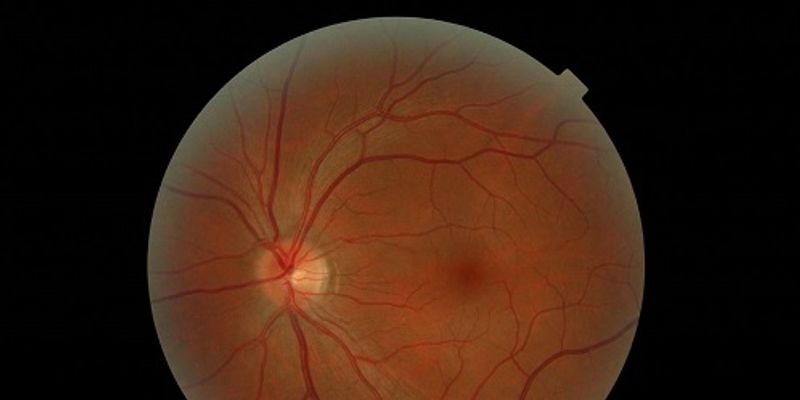Human induced pluripotent stem cells (iPSCs) are valuable cells for retinal disease modeling, as these cells are of patient origin and can be differentiated into cell types of interest. This ...
MAY 13, 2015 | 12:00 PM
The Allen Institute for Brain Science provides several brain atlases that are freely available to the public at www.brain-map.org. A common use for these atlases is to study expression patter...
APR 07, 2015 | 8:30 AM
Date: Tuesday, April 7th, 2015Time: 8:30AM PST, 11:30AM EST, 5:30PM CETThe development of new medicines for Diabetes Type 2 complications has proven to be challenging due to the use of cell...
Gene therapy for two forms of inherited retinal degeneration have met promising safety and efficacy endpoints in early stage clinical trials. These approaches made use of a replication defect...












